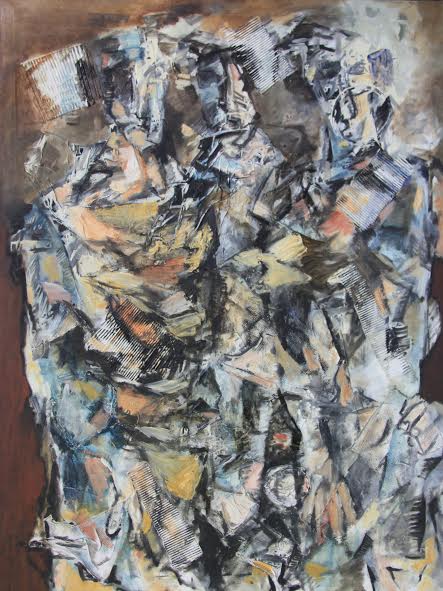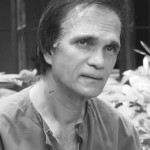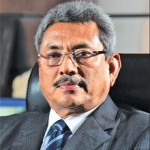A Brief Colonial History Of Ceylon(SriLanka)
Sri Lanka: One Island Two Nations
A Brief Colonial History Of Ceylon(SriLanka)
Sri Lanka: One Island Two Nations
(Full Story)
Search This Blog
Back to 500BC.
==========================
Thiranjala Weerasinghe sj.- One Island Two Nations
?????????????????????????????????????????????????Friday, November 29, 2013
Rubert Soysa’s Exhibition At Paradise Road Galleries

This will be Rubert Soysa’s sixth exhibition at Paradise Road Galleries.
Soysa is one of Sri Lanka’s more established artists, best known for
his abstract paintings depicting both figurative and abstract form. Born
in Sri Lanka, Soysa studied art at the Government College of Fine Arts
in 1973.
He held his first solo show at the Vansbro Public Library in Sweden and
thereafter continued to exhibit his work in Sri Lanka, Bangladesh,
Syria, Cuba, Bulgaria, India, South Korea, and throughout Europe.
In this, his latest exhibition, Soysa focuses more on the figurative
with portraits and the female nude as his main subject. The artist has
introduced new media into his work, incorporating layers and texture
using cardboard and other materials. The composition of the canvas in
some pieces play with proportion and geometrical shapes.
This exhibition will remain open until 13 December 2013. Paradise Road
Galleries is located within The Gallery Café, 2 Alfred House Road,
Colombo 3. Open 10am to midnight daily. Tel +94 112582162
India Is Our Largest Neighbour And The Most Important Country In The Region
The very appropriate theme chosen for this year’s Galle Dialogue is
“Emerging Maritime Trends in the Indian Ocean”. Throughout history, the
Indian Ocean has been a major conduit of international exploration,
migration and commerce. Many of the world’s first civilisations evolved
around or in proximity to its shores. Trade along or through the Indian
Ocean was an important feature from early in human history. Aided by the
seasonal monsoons, merchant vessels travelled east and west across the
Indian Ocean for many centuries dating back to antiquity. The ancient
Greeks, Romans, Persians and Chinese all traversed the Indian Ocean,
often stopping in this country, before the first modern Europeans led by
Vasco de Gama in 1497 came to these seas. During the era of European
colonialism, the Indian Ocean and its littoral nations became sought
after possessions of many empires. The British emerged as the major
power in the region in the early 19th century. With the rapid
development over the last two centuries of Europe, the United States,
and later Japan, the Indian Ocean receded temporarily from global
prominence. During this period, the Atlantic and Pacific Oceans were the
world’s most important oceans. In recent years, however, there has been
a pronounced shift in focus back to the Indian Ocean. A few simple
facts demonstrate why this is. Read More
Posted by
Thavam


